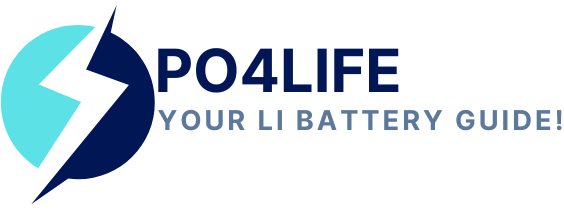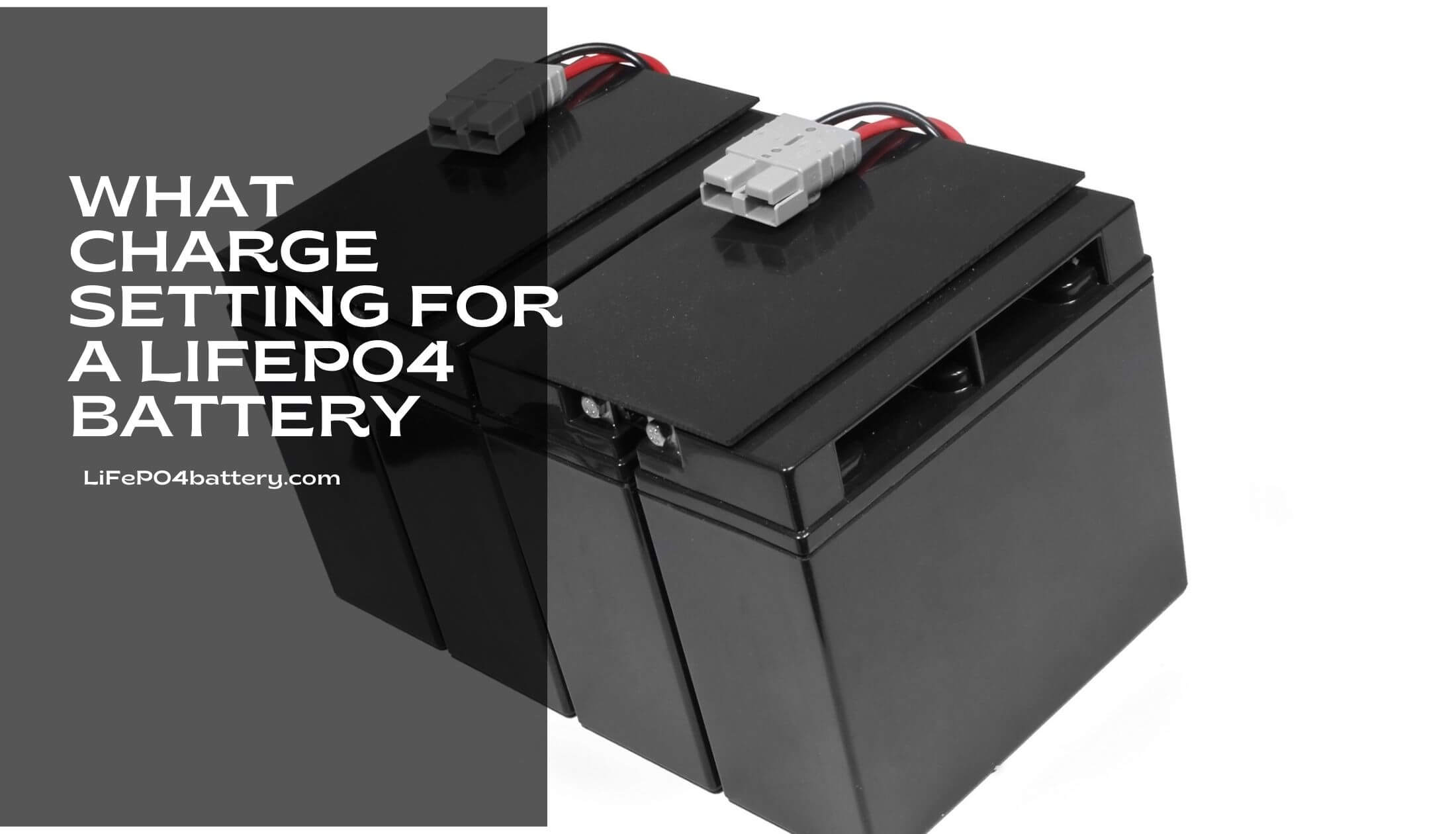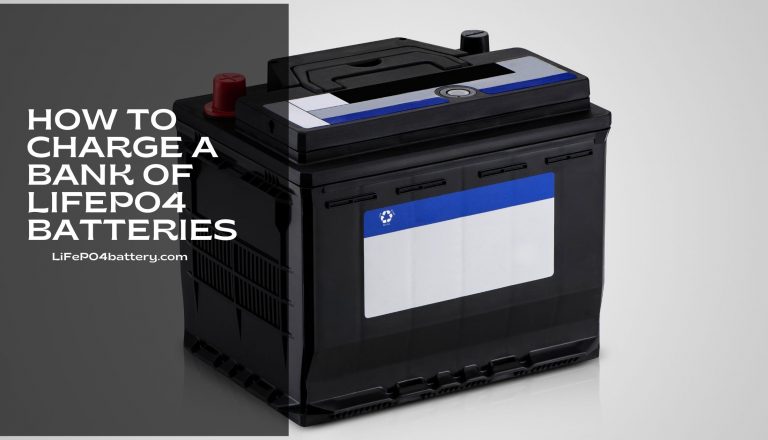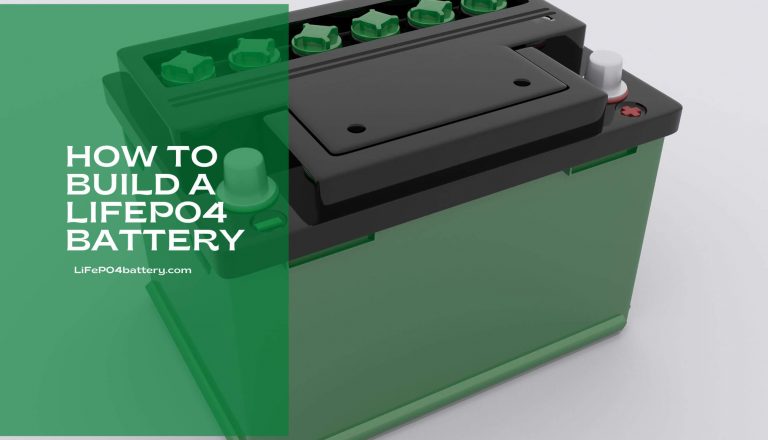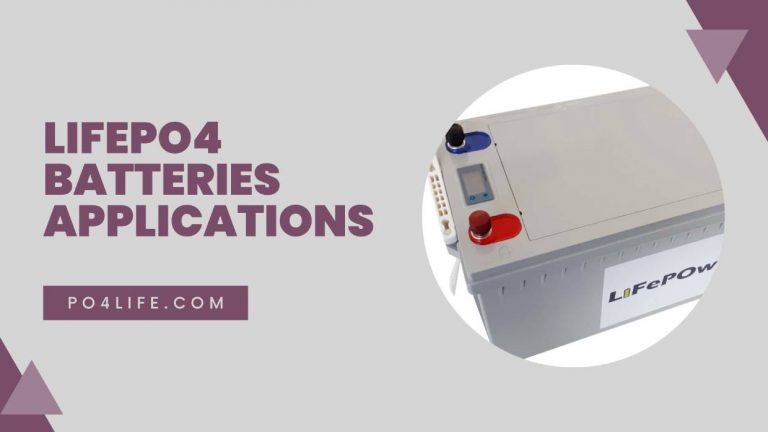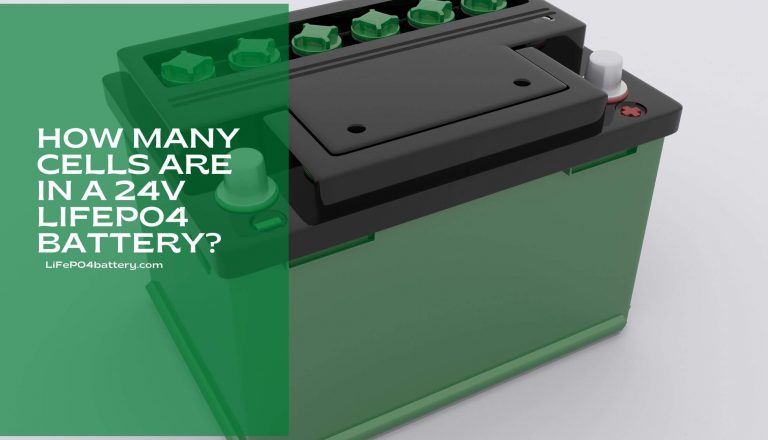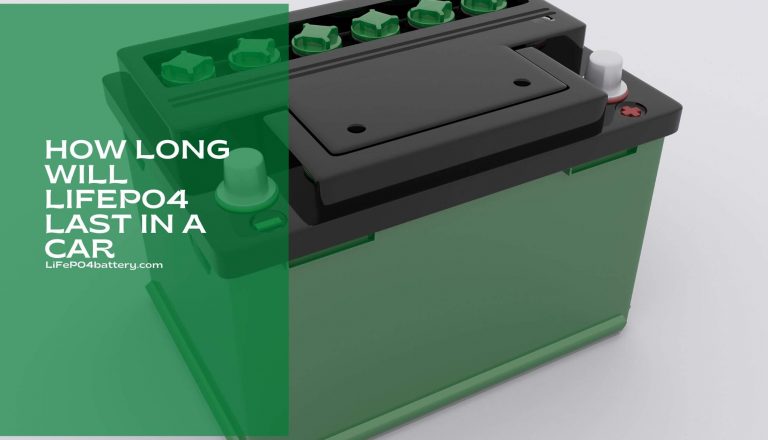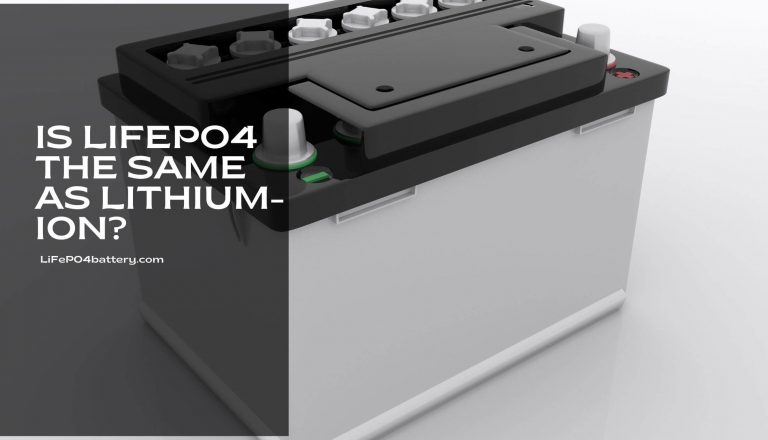What Charge Setting For a LiFepo4 Battery
You might be wondering what charge setting LiFepo4 batteries should be set at or how they should be charged. This article What Charge Setting For a LiFepo4 Battery and the difference between charge settings and battery types, as well as the different charging options. It also offers advice on how to adjust these settings so that your battery has a longer life span.
What Charge Setting For a LiFepo4 Battery?
Choosing the right charge setting for a liFepo4 battery can be tricky. There are a lot of different factors to consider, including the battery’s size, chemistry, and discharge characteristics.
The most important thing to remember is that you should always charge your liFepo4 batteries in accordance with their specifications. Do not overcharge or undercharge them, and make sure that the charge current is appropriate for the battery’s capacity and type.
Here are some tips for choosing the right charge setting for your liFepo4 batteries:
- Charge your liFepo4 batteries at a slow rate if they are new or if they have not been used for a long time.
- Charge your liFepo4 batteries at a fast rate if they are old or if they have been used frequently.
- Charge your liFepo4 batteries at a slow rate if they are charged in an external charger.
- Charge your liFepo4 batteries at a fast rate if they are charged in an internal charger.
- A Li-ion battery, also known as a lithium-ion battery, is a type of rechargeable battery. It uses lithium ions to store energy. A li-ion battery can be used in many electronic devices, including laptops, phones, and cameras.
There are several different charge settings for a li-ion battery. The most common charge setting is “c”. This charge setting allows the battery to be fully charged within 24 hours.
The “p” charge setting allows the battery to be partially charged within 24 hours. The “o” charge setting allows the battery to be fully charged within 48 hours. The “a” charge setting allows the battery to be partially charged and then discharged over a period of 10 days to allow it to reach its full capacity.
The “d” charge setting allows the battery to be discharged completely and then recharged. This charge setting is only available with certain types of li-ion batteries.
What Is The Best Charge Setting For a Lithium-Ion Battery?
One of the most important factors when it comes to charging a lithium-ion battery is the charge setting. There are several different charge settings that can be used, and each has its own benefits.
The standard charge setting for a lithium-ion battery is called “CC” or Constant Current. This setting charges the battery at a steady rate, which is the most common way to charge batteries. CC charges can take a long time, but they are the safest way to charge a battery. They also have the best results for batteries that are new or have not been used in a while.
A fast charge setting for lithium-ion batteries is called “CV” or Constant Voltage. This setting charges the battery at a constant voltage, which means that the charger will never let the battery go below its minimum voltage requirement. CV charges can be faster than CC charges, but they may damage the battery if it is overcharged.
Some chargers also offer “CV+” or Constant Voltage Plus. This setting charges the battery at a constant voltage plus a little bit of current, which helps to speed up the charging process. However, CV+ charges can be more dangerous than CC charges because they can push the battery too far beyond its limits
Why Does A LiFepo4 Come With Two Charging Stages?
A LiFepo4 battery comes with two charging stages, so you can always have a full charge.
The first charging stage is for fast charging and the second stage is for extended charging.
The faster-charging stage will give you a full charge in about an hour, while the extended charging stage will give you a full charge in about 3 hours.
This way, you can always have a full charge no matter what time of day it is.
A LiFepo4 battery comes with two charging stages – a fast charge and a slow charge. The fast charge will give your battery the power it needs to start up quickly, while the slow charge will give your battery the power it needs over a longer period of time.
This is important because it allows you to use your battery in different ways. For example, you can use the fast charge if you need to start up your device quickly, or you can use the slow charge if you want to take your battery for a long ride.
This is also great for devices that are used frequently. For example, if you have a tablet that you use every day, you can charge it up using the slow charge so that it lasts longer. true Wireless Chargers
This is a great way to save money on your phone bill. Instead of buying a new phone, you can just buy a new charger! There are so many different brands out there that it’s easy to find one that works for you.
You only need to decide what aspect of your device you want it to charge and then find the right charger. This makes it easier than ever before because all the chargers will have their own unique colors, shapes, and patterns that make
Conclusion
LiFepo4 batteries are unique in that they have a number of different charge settings. This can be confusing for people new to LiFepo4 batteries.
In this article, we will discuss the different charge settings for a LiFepo battery and what they each mean. We will also provide some tips on how to choose the best charge setting for your battery.
Thank you for reading!
